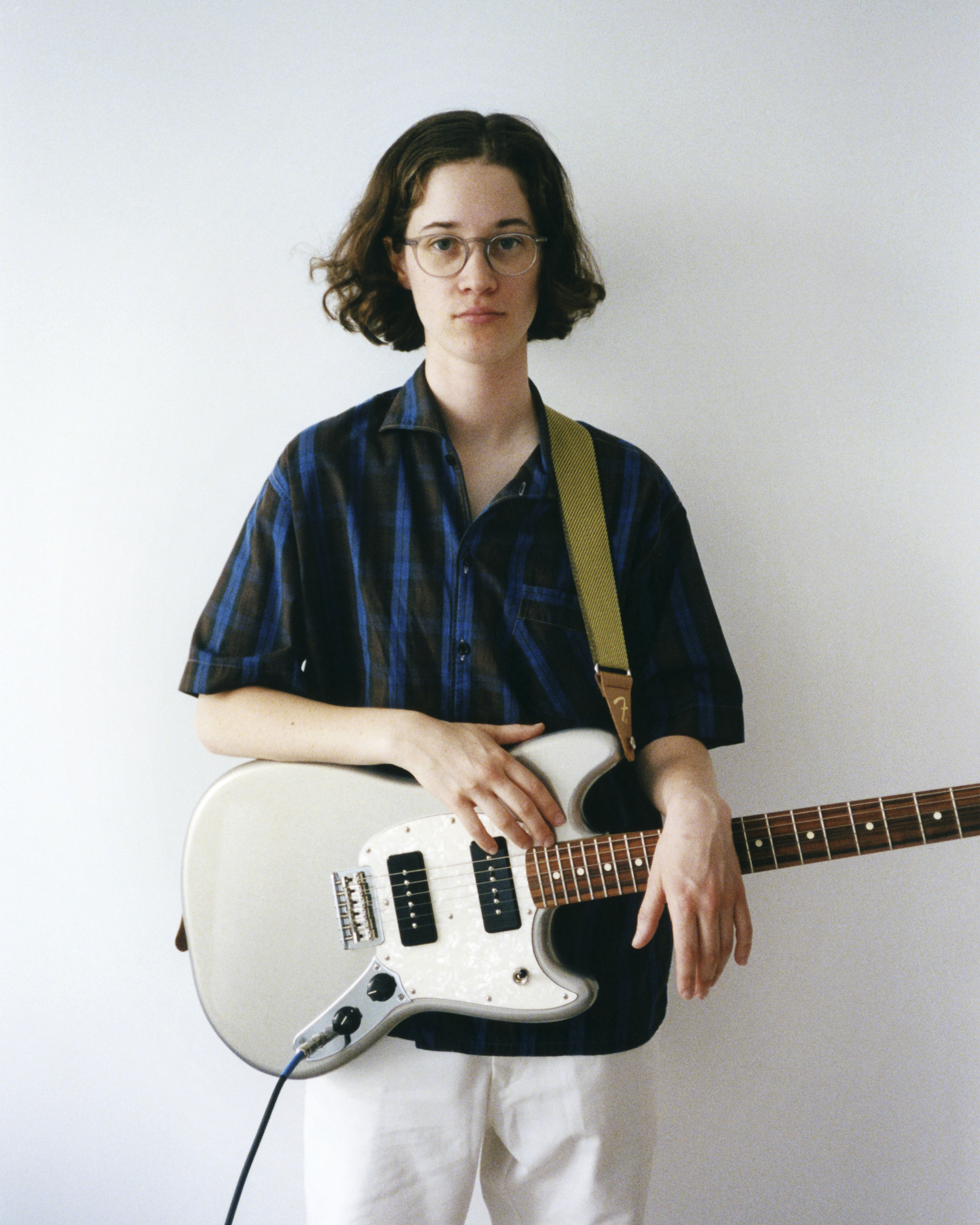Music for My Eyes is the second part of Grace Ahlbom's zine series, produced with with Dashwood Books in New York City. Traveling to London, Los Angeles, New York, Paris, Reykjavík, Tokyo, and Venice reaffirmed the role of photography as a means of access to people and places that Ahlbom otherwise might not have. Ahlbom finds subjects from around the world through mutual friends and Instagram. The fondness the subjects have for Ahlbom become apparent in the selection of images in both zines.
I spoke to them about the project below and what considerations they like to make when shooting people close to them.
VICE: What's the time period for these photos? Was there a particular moment when this project began?
Grace Ahlbom: The time period for the series is about two years, which is exciting because it’s still rather new to me. After graduating from Pratt Institute, all I wanted to do was figure out a way to travel and be able to see the world through my lens. I started shooting images from this series while on a trip to Reykjavík, Iceland, with my friend Julian Klincewicz. The first hour into our trip we realized that we were both Virgos, and after that, I knew we were going to be able to work great together. We are both meticulous in our own ways. Julian also gets the same adrenaline rush I do when we really want a photograph to work. We would get up early or drive out to our location to chase—literally, chase—the last moments of light. Our ability to push each other is essential in a travel companion.
What considerations do you make while documenting your friends?
Normally, in documentary youth photography, you don’t want people to look overly put together or staged. You want them to look like real people as opposed to actors. In my more recent work, I approach my subjects in a different way because I focus on the fictive aspect. While documenting my friends, I usually have them act something out or pretend they’re having a conversation with someone. Most times they'll tell me that they don't know how to act, but I don't believe you need to know how to act to perform something you already do naturally for the camera. Often, I'll ask them to reenact something I've seen them do before, so I know that I'm not asking them to do anything drastically out of character.
Why did you make it a series versus one cohesive book?
It’s funny to mention one cohesive book, because I recently asked David, the owner, to set an edition of each zine aside for us to expand on in the future. I am aiming for the zines to be read as a set that fit together seamlessly, although they were published at different times. Once I feel the set is complete I imagine potentially binding all of the signatures together and making one cohesive special edition book. The paper stocks and printing techniques of each zine are different, which is a quality I’m excited about for the final book. I like when publications are what I call a “hybrid zine”—playing with both fine art book and zine qualities. Essentially printing a publication professionally and then having it bound at Staples, or vice versa.
Can you break down one of your favorite images?
My favorite spread from the zine is the one with a portrait of my friend Joe Skilton in London Fields with his hair dyed exactly like David Bowie’s in movie The Man Who Fell to Earth juxtaposed with a found still life from a barbershop’s storefront I passed by in Venice, Italy. The window display looks like a surrealist totem to masculinity, something maybe Salvador Dali would have designed if he were a barber. These two images coming together as one start a conversation in my mind of idolization, fan culture, relics, shrines and their relationship to consumerism and boredom. Masculinity has such a culturally obsessive hold on our society, and in so many parts of the world.

Check out more of Grace's work here. You can buy their book here.
Sign up for our newsletter to get the best of VICE delivered to your inbox daily.
from VICE https://ift.tt/2Epi6HN
via cheap web hosting
No comments:
Post a Comment